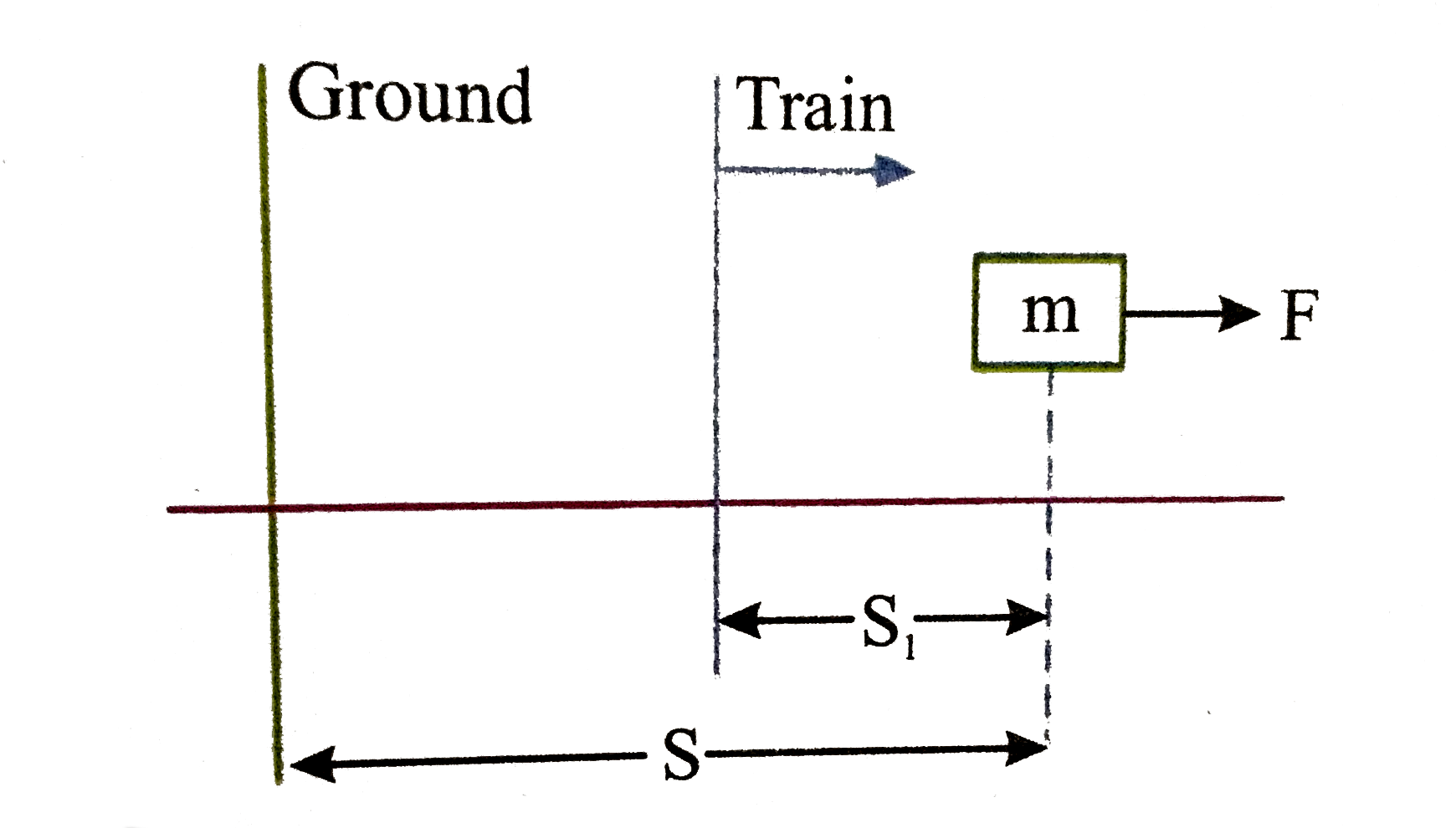A
B
C
D
Text Solution
Verified by Experts
The correct Answer is:
|
Topper's Solved these Questions
WORK POWER AND ENERGY
NARAYNA|Exercise Level-VI (Integer)|12 VideosView PlaylistWORK POWER AND ENERGY
NARAYNA|Exercise Level-VI (Multiple Answer)|11 VideosView PlaylistWORK , ENERGY & POWER
NARAYNA|Exercise EXERCISE IV|43 VideosView Playlist
Similar Questions
Explore conceptually related problems
Knowledge Check
A
B
C
D
Submit
A
B
C
D
Submit
A
B
C
D
Submit
Similar Questions
Explore conceptually related problems
NARAYNA-WORK POWER AND ENERGY-Level-VI (Comprehension)
- The potential energy U(in J) of a particle is given by (ax + by), wher...
04:58
|
Play - The potential energy U(in J) of a particle is given by (ax + by), wher...
07:10
|
Play - The potential energy U(in J) of a particle is given by (ax + by), wher...
07:10
|
Play - The potential energy U(in J) of a particle is given by (ax + by), wher...
07:10
|
Play - A block of mass m sits at rest on a frictionless table in a rail car t...
08:04
|
Playing Now - A block of mass m sits at rest on a frictionless table in a rail car t...
08:04
|
Play - A block of mass m sits at rest on a frictionless table in a rail car t...
08:04
|
Play - A block of mass m sits at rest on a frictionless table in a rail car t...
08:04
|
Play - A block of mass m sits at rest on a frictionless table in a rail car t...
08:04
|
Play - A block of mass m sits at rest on a frictionless table in a rail car t...
08:04
|
Play - In the figure the variation of potential energy of a particle of mass...
02:24
|
Play - In the figure the variation of potential energy of a particle of mass...
05:17
|
Play - Rod AO(3) of length L can rotate abput A. Initially rod was at positio...
06:36
|
Play - Rod AO(3) of length L can rotate abput A. Initially rod was at positio...
06:36
|
Play - A particle of mass M attached to an inextensible strintg is moving in ...
05:49
|
Play - A particle of mass M attached to an inextensible strintg is moving in ...
05:49
|
Play - A particle of mass M attached to an inextensible strintg is moving in ...
05:49
|
Play - A bead of mass m is threaded on a smooth circular wire centre O, radiu...
06:32
|
Play - A bead of mass m is threaded on a smooth circular wire centre O, radiu...
06:32
|
Play - A bead of mass m is threaded on a smooth circular wire centre O, radiu...
06:32
|
Play
